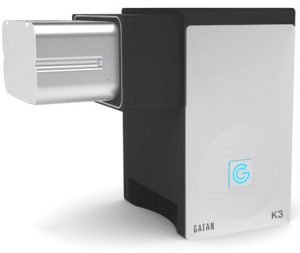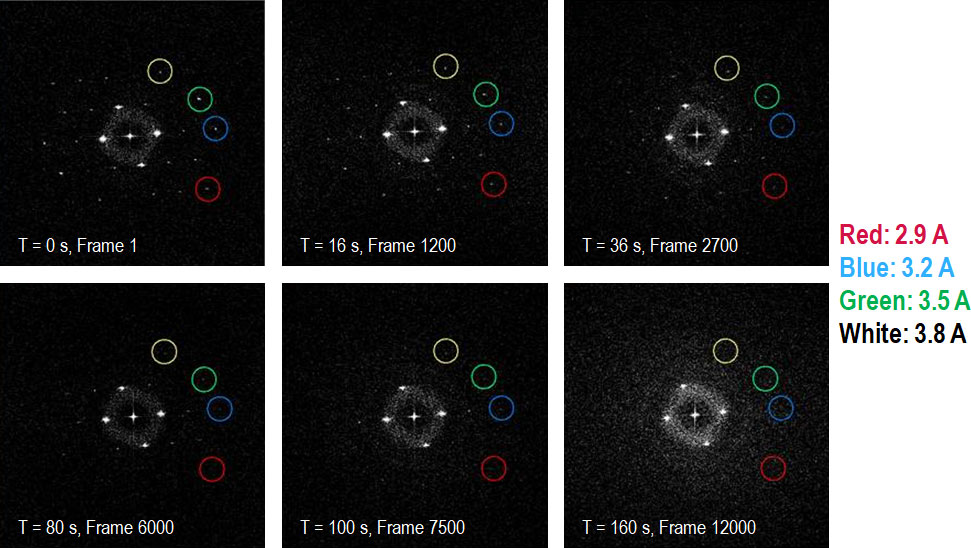Gatan K3 IS: World’s First Counting, Large Format TEM Camera for In-Situ Microscopy
The Gatan K3 IS direct detection TEM camera is the world’s first counting, high-speed, large format electron camera for in-situ microscopy. Study high speed in-situ reactions in materials science with a high signal-to-noise ratio and minimal beam damage.
- High image quality
- Unmatched resolution and field of view
- Fast time to results
Blue Scientific is the official distributor for Gatan systems for electron microscopes in the Nordic region (Norway, Sweden, Denmark, Finland, Iceland). For more information or quotes, please get in touch.
Gatan K3 IS
More posts about microscopy
Contact us on +44 (0)1223 422 269 or info@blue-scientific.com
Gatan K3 IS
The Gatan K3 IS is the world’s first fast, electron counting, large format camera for in-situ microscopy. The high resolution of the K3 camera is now available for in-situ materials science applications.
The ability to count single electrons at unmatched temporal resolution gives you the highest signal-to-noise in-situ results. This enables low-dose imaging and gives you access to previously undiscovered details of in-situ environmental reactions and beam-sensitive materials.
Highest Quality Imaging
Low-dose imaging and in-situ studies require excellent detective quantum efficiency (DQE). Counted, low-dose images allow you to see the details of your sample clearly, not obscured by beam artefacts.
Extending this capability to in-situ studies gives you the highest spatial and temporal resolution.
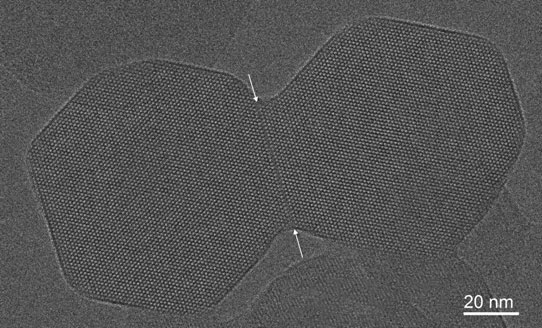
Electron dose:4.1 e-/Å2, 3 second exposure
Unmatched Resolution and Field of View
The K3 IS can count 1500 full fps across 14 megapixels (4,096 x 3,456) – with 3.7 times the frame rate of K2 camera.
You can store 75 fps at full sensor resolution, or sub areas at 1200 fps with sub area, with no binning required.
Fast Results
Results can be previewed quickly at the microscope, to ensure you’re collecting the highest quality data possible. Data can then be analysed quickly with Gatan’s Microscopy Suite (GMS) software. This includes free offline tools and features.
The GMS In-Situ Player is easy to use, with a tried and tested toolset from Gatan’s established OneView and Rio cameras. This includes useful, practical settings, so you can reduce data size and focus on the results you need. The resolution in terms of both time and space can be adjusted to suit your requirements:
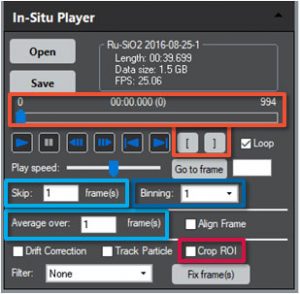
Reduce data size by adjusting the resolution (temporal and spatial) and duration to focus on the results you need. Dimensionality and bit depth can also be adjusted using scripting.
Benefits of Electron Counting
Electron counting gives you clearer, better quality results by:
- Eliminating variability from scattering events
- Removing electronic read-out noise / background signals
- Delivering the highest signal-to-noise output (DQE)

Single frame with and without counting
Analyse Beam-Sensitive Materials
With the ability to study beam-sensitive materials, the K3 IS reveals structures that may not have been visible before – and you can also study how they react in in-situ experiments. This is a unique benefit of electron counting cameras, possible because of the high DQE.
Stored data can also be optimised, to give you the most information for analysis.
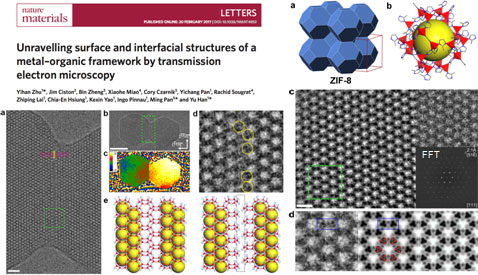
Scientific paper on Nature Materials – read the full article here (subscription/purchase required)
Longer Acquisition Times
Light-coupled cameras can damage sensitive samples even within a short period of time, which makes them unsuitable for in-situ research.
Counting at low dose is ideal for in these situations, giving you high resolution results. For example, samples such as zeolite (below) can be studied for longer periods – even minutes long. In addition to this, the camera is capable of capturing high speed in-situ events that were previously difficult to capture.
Further Information
Blue Scientific is the official Nordic distributor for Gatan, and we’re available to help with any questions you may have, or specifics relating to your area of work. If you have any questions about the K3 IS, or their other systems for electron microscopes, please get in touch:


